Should you set up a studio with your friends?
Five studios on how to make a success of working with friends – and how to avoid the pitfalls.
You've been friends for years. You have the same taste in books, music, 3D movies, so of course you'll be in agreement on every single aspect of your creative direction. Your studio would be half work space, half clubhouse. Morning meetings - coffee and a catch-up. Long lunches. Knock off early. It'd be all the fun of the weekend augmented and stretched out across the work week - with the bit of designing in between.
Setting up shop with your mates may sound like every designer's dream. But does the reality match the fantasy? We've seen what can happen when designers fall out, so we caught us with five studios to find out how you can succeed when starting a business with your friends.
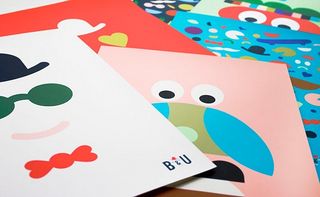
"I think it's an advantage to know a lot about each others' lives and personalities - it gets easier to understand another person's behaviour and reactions the longer you've known them, which I can only see as an advantage to help minimise the amount of misunderstandings," says Nan Na Hvass.
Hvass works with Sofie Hannibal as multidisciplinary art and design duo Hvass&Hannibal. The pair loosely founded their studio in 2006 - though they met at school almost a decade before - and have gone on to work for a strings of big-name clients.
"Of course it's easy to get tired of each other, but working together becomes the format of the friendship, and you get used to it being that way. I don't see it as a problem. I think the worst thing is probably if you split up, and what happens to the relationship then."
To avoid this, Hvass advices trying to work on a few projects before going into business to see how it works out. "It's pretty easy to find out quite fast whether you have the right dynamic together or not. Don't expect that because you are good friends with someone you will automatically work well as a professional team. Make sure to take some time away from each other once in a while, like a sabbatical or a bit of space to get inspired elsewhere. It doesn't have to be a lot, but I think it's healthy."
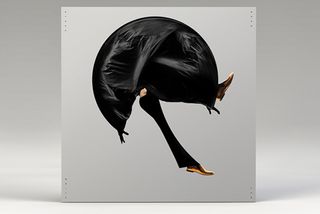
"One of the assumptions you might make when considering working with mates," says Jon Forss, "is that everyone is more likely to cooperate, compromise and get along without any conflict, but, actually, conflict is good. Conflict is a vital part of creativity. The best work won't reveal itself without some kind of battle."
Get the Creative Bloq Newsletter
Daily design news, reviews, how-tos and more, as picked by the editors.
Forss founded seminal studio Non-Format with Kjell Ekhornin in 2000, working with the biggest of big-name clients - such as Adobe, Coca-Cola and Nike.
The creative says friction is good - friction gets things done and done well. "Only consider working with your mates if you know for sure they can handle confrontation because it'll surface at some point. And that's a good thing. It'll be fun. Trust me."
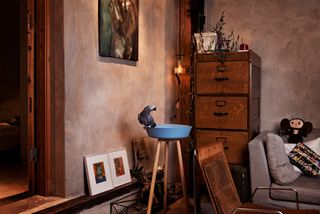
Andreas Friberg Lundgren agrees that conflict is not the problem, but spending eight hours a day together may change your friendship irrevocably.
"You are likely not to to spend as much of your free time with them as you might have before going into business together," the Lundgren+Lindqvist co-founder says. "The result of this might be that your friendship slowly transitions into a business partnership rather than a friendship in the traditional sense."
Lundgren+Lindqvist is a Swedish studio specialising in design and development. Lundgren says setting up friends can help ensure you hit the ground running - crucial to for new studios in an increasingly competitive climate. "A definite upside of working with your friends," he says, "is that you are in sync from the beginning - an understanding that might otherwise require a lot of time to build."
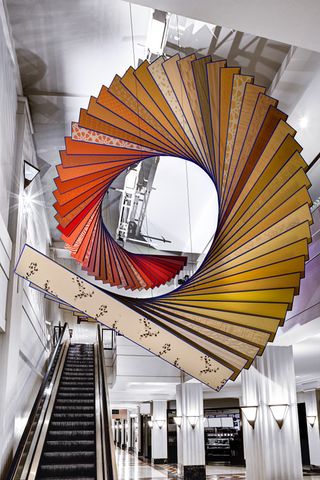
New York City-based karlssonwilker inc was founded by Icelander Hjalti Karlsson and German Jan Wilker in 2000 - finding fans in Nike, Nintendo and Time Magazine.
Designer Megan Elevado is in the perfect position to see how the dynamic has bred success, which she boiled down to two top tips.
"Do start a company with someone you like and respect," Elevado says, "Not with someone whose "skill set" you think would complete you. Don't take it all so seriously and celebrate your self-employment and independence: no need to mimic other companies, it's your kingdom to play with."
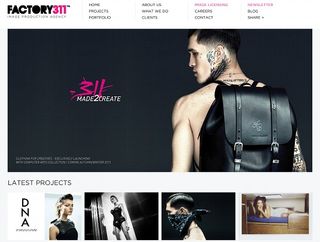
"Don't rush into setting up a physical studio," says Factory 311's creative director, Nicolas Hardy. In this day and age things can be done online - remember overheads can kill you. "Try to keep as much activity between you and your partners online until things really take off and you have a steady client based."
Hardy speaks from experience. He founded Factory 311 in 2007. The agency specialises in imagery and motion graphics for advertising, fashion and sports, while also representing a burgeoning roster of illustrators and photographers. Its ever-growing client list includes football clubs Arsenal and Manchester United, apparel brands Nike and Lacoste and international magazines Cosmopolitan and Vanity Fair.
Hardy began by working out of his flat, slowly adding to his team and roster with people he admired. This, he says, has been central to his success.
"Every idea or concept starts from some kind of chat with your friends. it only comes to fruition if you or your friends have some sort of expertise with a certain skill. A big advantage of setting up an agency with friends or like-minded creatives is that everybody puts in an equal share of time to make things happen which makes it more financially viable and also takes a lot of pressure off everyone and make your initial dream or idea more of a reality.
"I think some problems can happen when those skills cross over and if those responsibilities aren't looked after, some areas of the company could start to suffer. I think it is really important that you have a strong focus and direction before you start getting other people involved."
Words: Gary Evans

Thank you for reading 5 articles this month* Join now for unlimited access
Enjoy your first month for just £1 / $1 / €1
*Read 5 free articles per month without a subscription

Join now for unlimited access
Try first month for just £1 / $1 / €1
The Creative Bloq team is made up of a group of design fans, and has changed and evolved since Creative Bloq began back in 2012. The current website team consists of eight full-time members of staff: Editor Georgia Coggan, Deputy Editor Rosie Hilder, Ecommerce Editor Beren Neale, Senior News Editor Daniel Piper, Editor, Digital Art and 3D Ian Dean, Tech Reviews Editor Erlingur Einarsson, Ecommerce Writer Beth Nicholls and Staff Writer Natalie Fear, as well as a roster of freelancers from around the world. The ImagineFX magazine team also pitch in, ensuring that content from leading digital art publication ImagineFX is represented on Creative Bloq.
